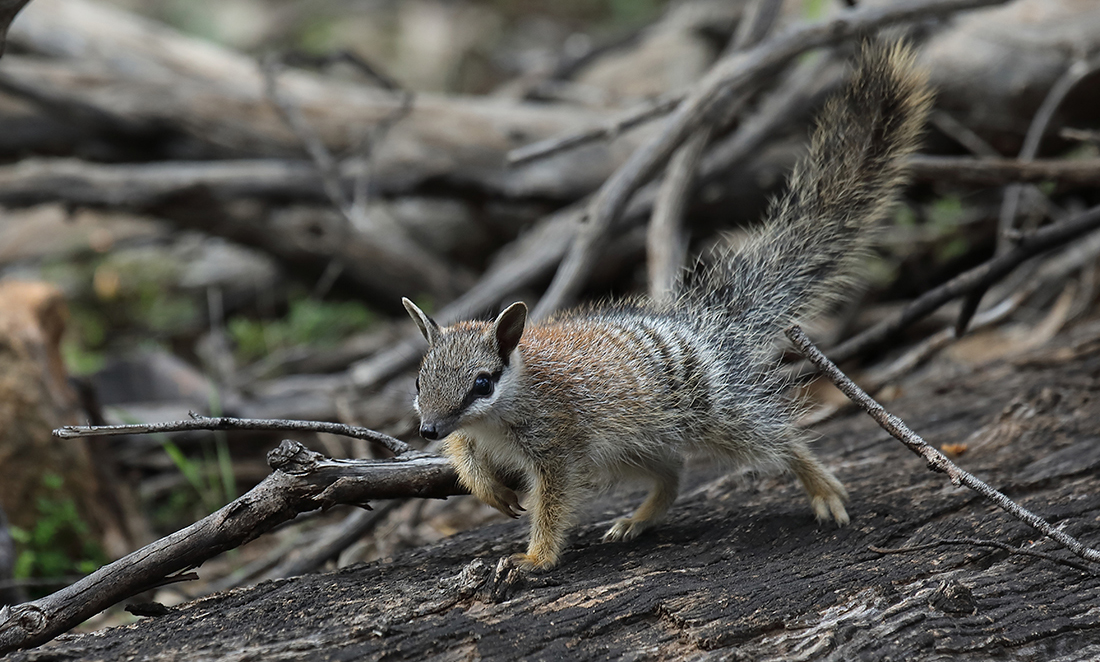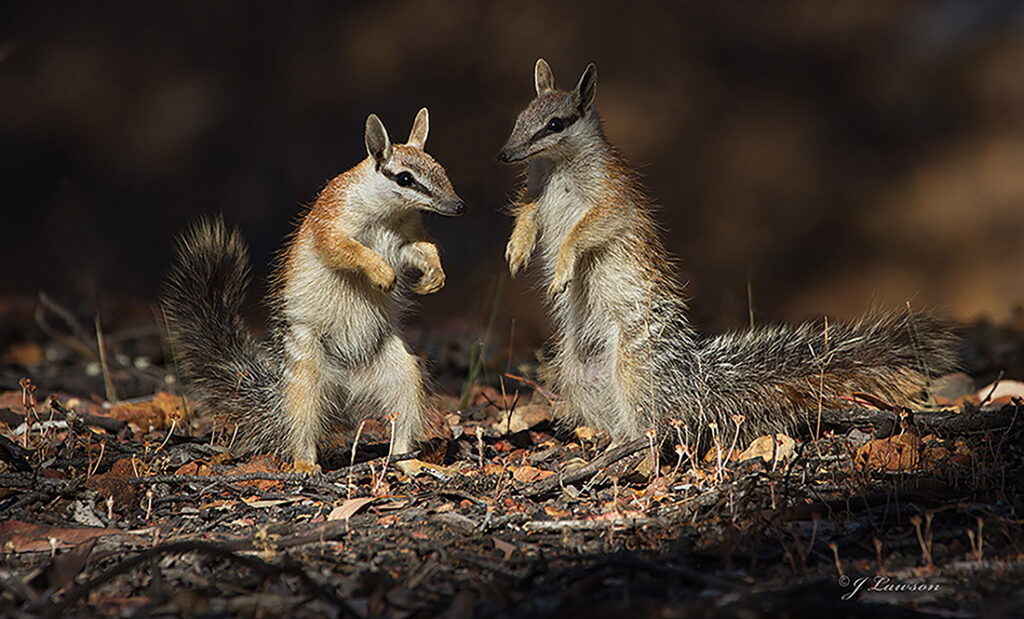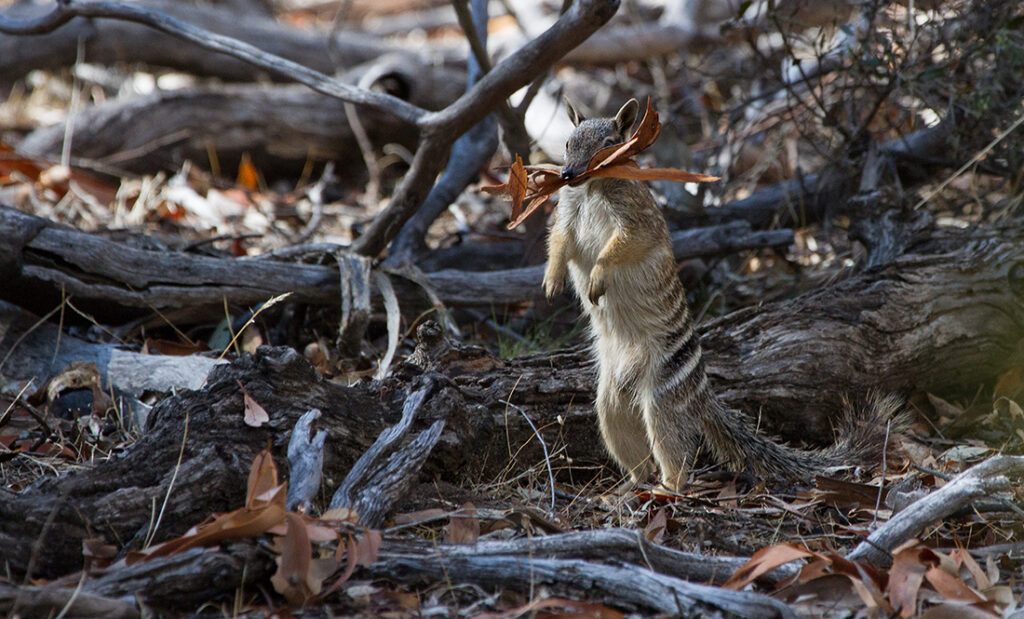The idea came from the Numbat Taskforce, which was started by four wildlife enthusiasts as a Facebook page nearly 3 years ago.
Co-founder and volunteer John Lawson, who lives near the Dryandra Woodland, says the group was started to raise awareness of the numbat’s plight.
Taskforce to raise awareness
Numbats and woylies were once widespread across southern and central Australia.
John says the nature conservation area of Dryandra, together with Perup National Park, are the last two natural populations of numbats and woylies.
“There are now only about 500 [numbats] remaining in the wild, with roughly the same number living in fenced wildlife enclosures,” John says.
Look what the cat dragged in
The Dryandra Woodland is near Narrogin, 2 hours southeast of Perth.
It features the largest remnant vegetation in the western Wheatbelt.
“With only 7% of uncleared land left in the Wheatbelt, we only have island reserves remaining,” John says.
“It’s hard to determine the numbat population density, but we think there are between 50 and 100 [in Dryandra],” John says.
He says the introduction of the red fox initially depleted a lot of our native animals.
“We now have good control in baited areas, but the increase of the feral cat emerged about 10 years ago, and they are a lot harder to control.”
John says cats are not easy to trap and prefer live food rather than a lure or bait.
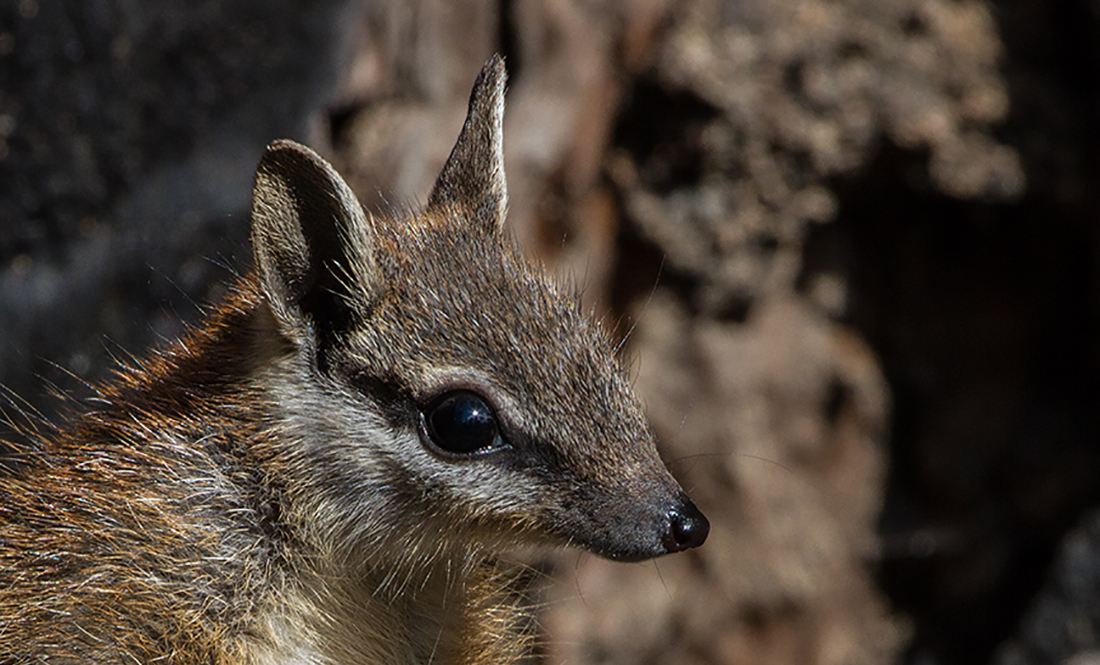
With government cutbacks, John says the Department of Biodiversity, Conservation and Attractions (DBCA) struggles every year to implement good science-based programmes to control feral cats.
“Rob McLean and I thought about the problems numbats faced.”
“And we put the idea forward to philanthropists and wildlife societies about a cat-detector dog.”
Basically, the dog detects a cat, and the handler euthanises the cat. This has been a successful approach with other programmes saving endangered wildlife.
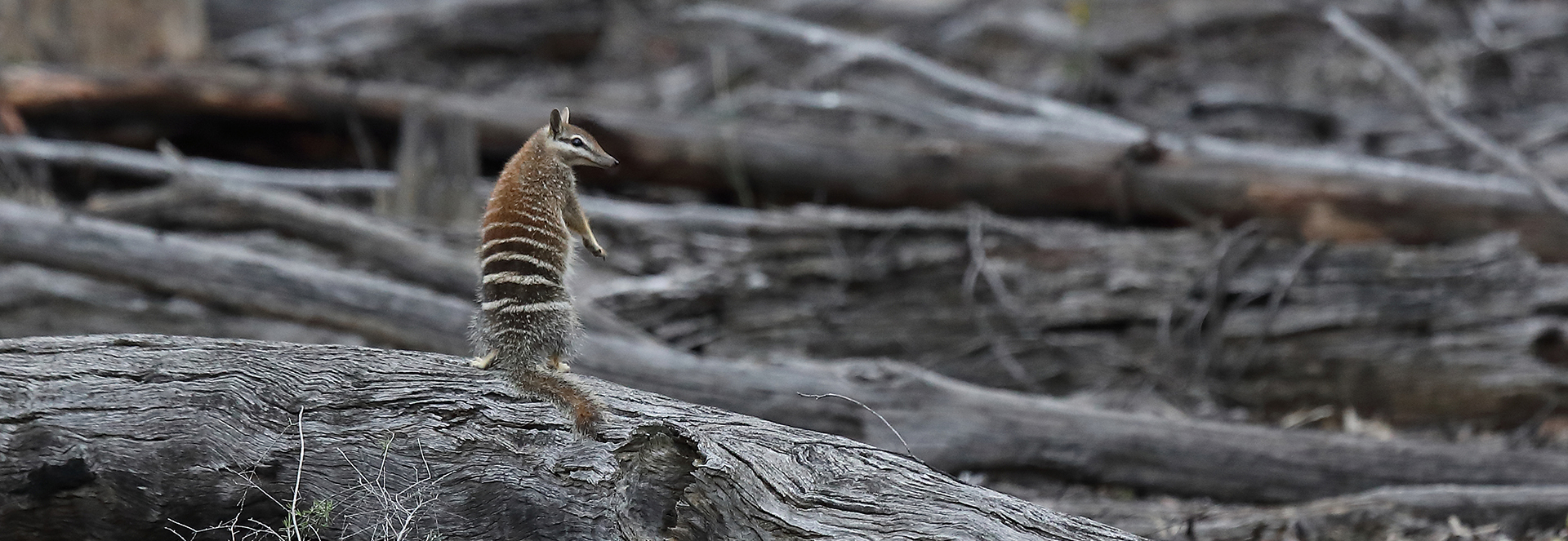
Detector dogs—a marsupial’s best friend?
In June 2017, the taskforce wrote and won a grant application from the Foundation for Australia’s Most Endangered Species (FAME) to run a 2-year numbat protection dog project.
“After receiving the initial funding, the Threatened Species Commissioner [Australian Government] provided a further $165,000 to get the project under way,” John says.
To date, the guys have raised more than $300,000 towards the project.
“We had the idea, but you soon realise that running it on the ground is another ball game.”
“We achieved our target and handed over the funding to the science division in the DBCA to run the project.”
He says the DBCA is best placed with the most knowledge and experience to run this project.
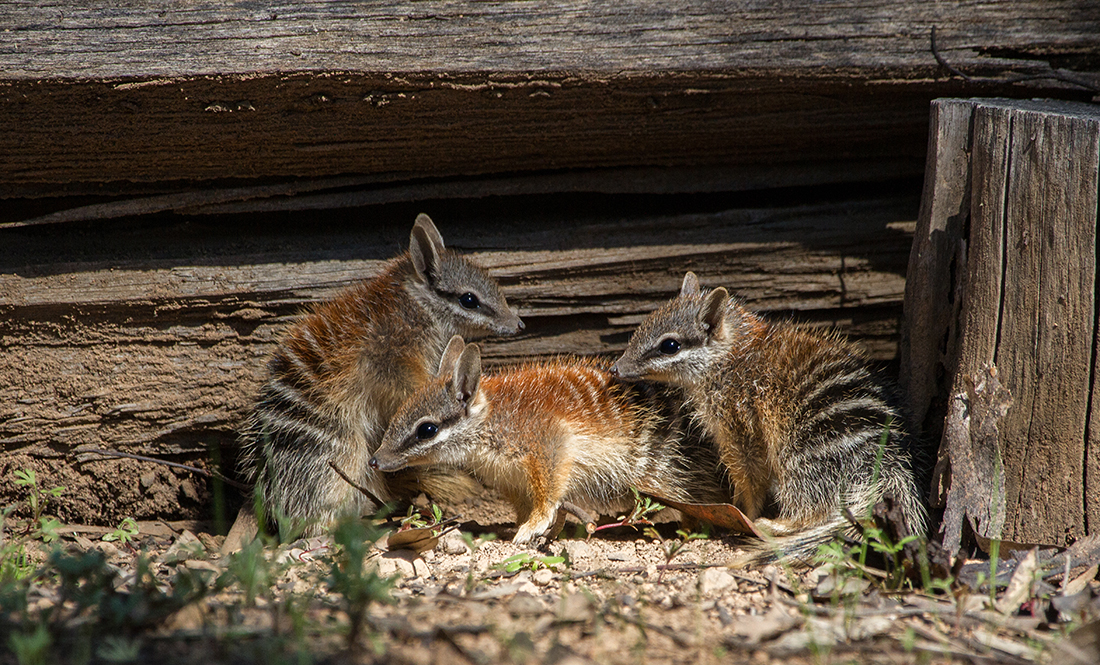
John and Rob remain on the steering committee.
“The dog trainer is not yet selected, but the department is in that process now,” John says.
Meanwhile, taskforce members continue to assist in numbat surveys as volunteers for the DBCA.
Cameras will be set up to monitor cats and other animal activity.
“We hope to eventually see an increase in many other species including the chuditch, malleefowl and woylie,” John says.



